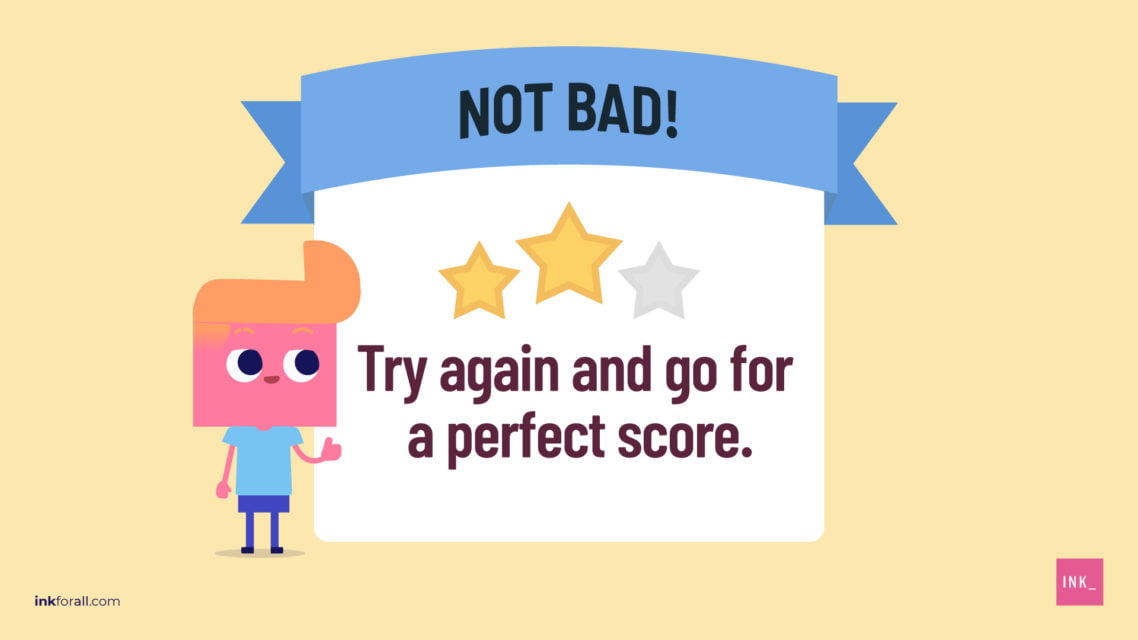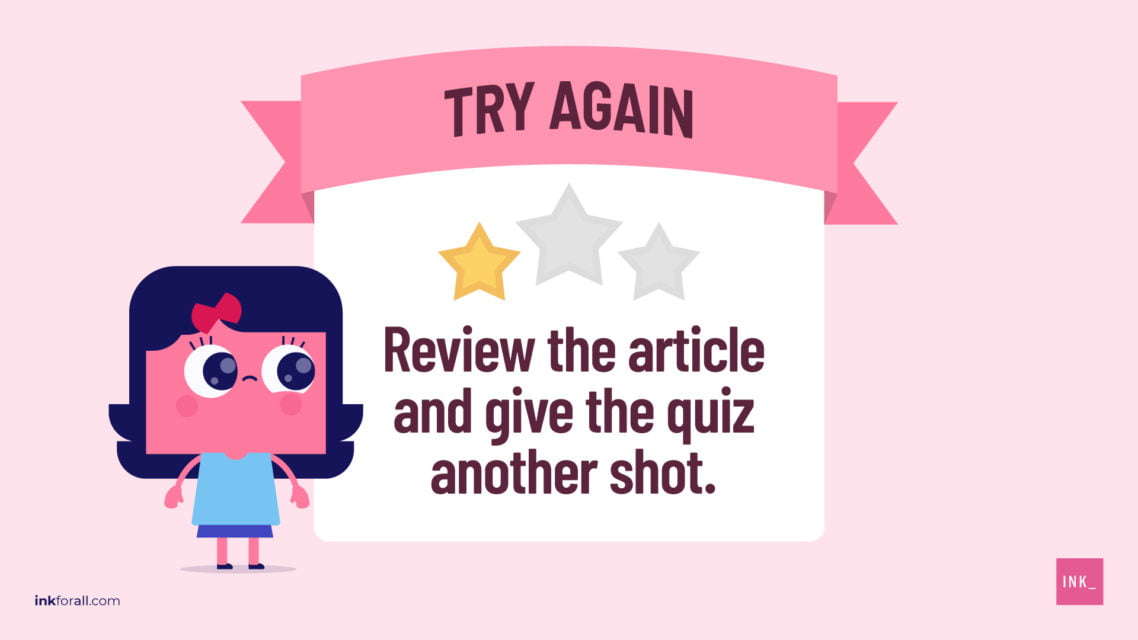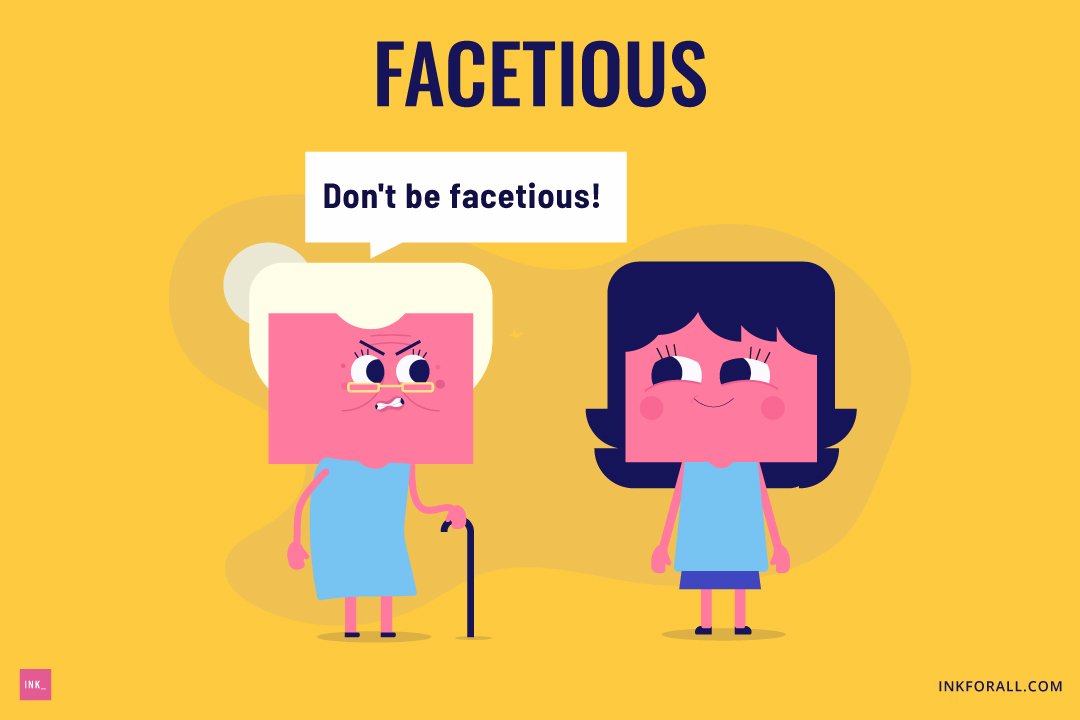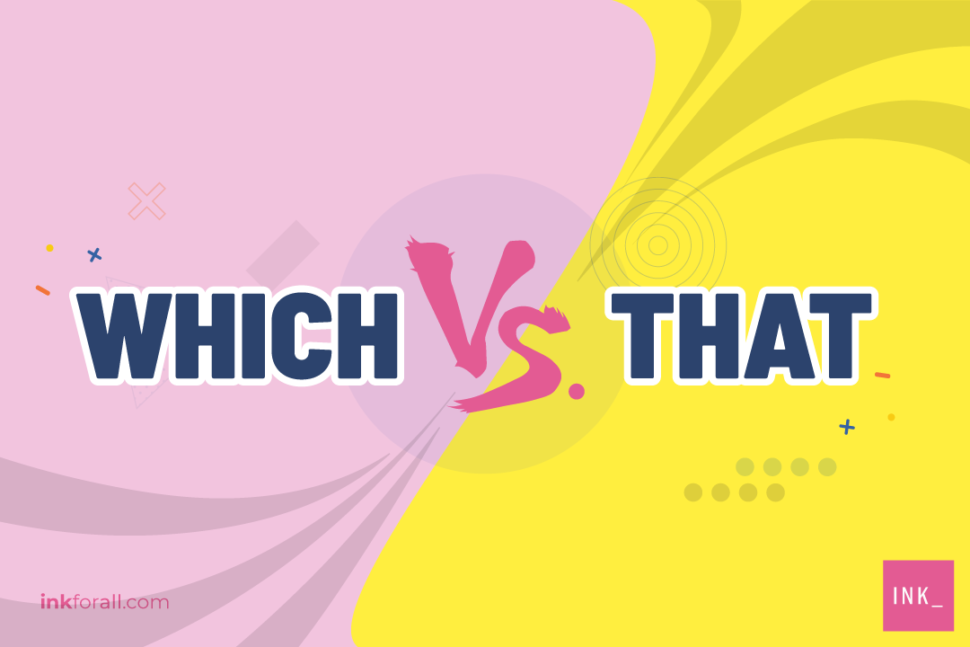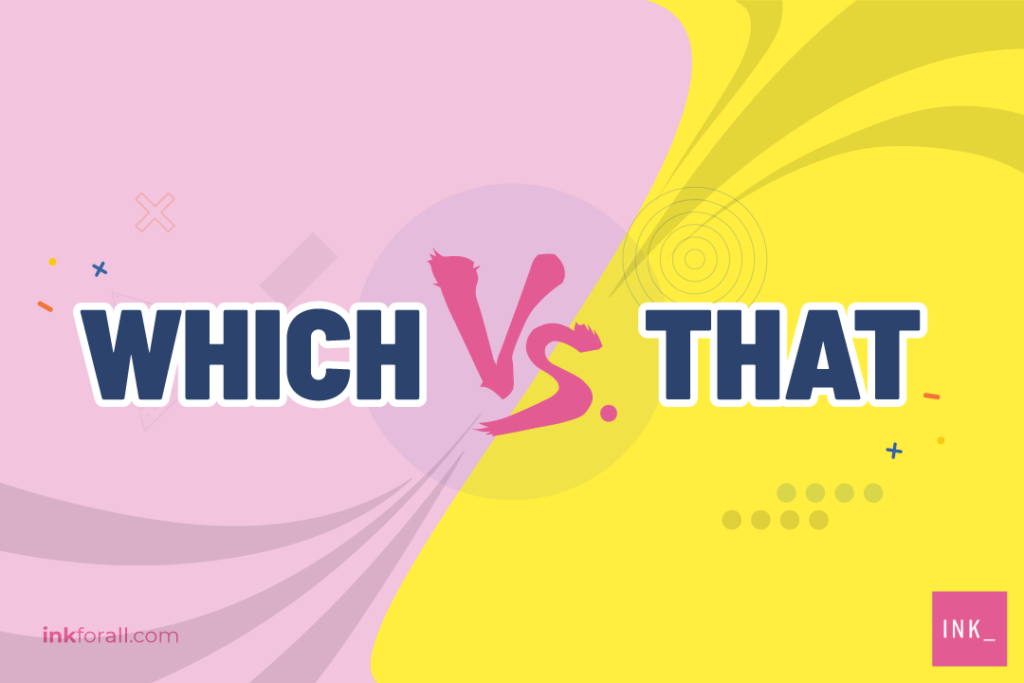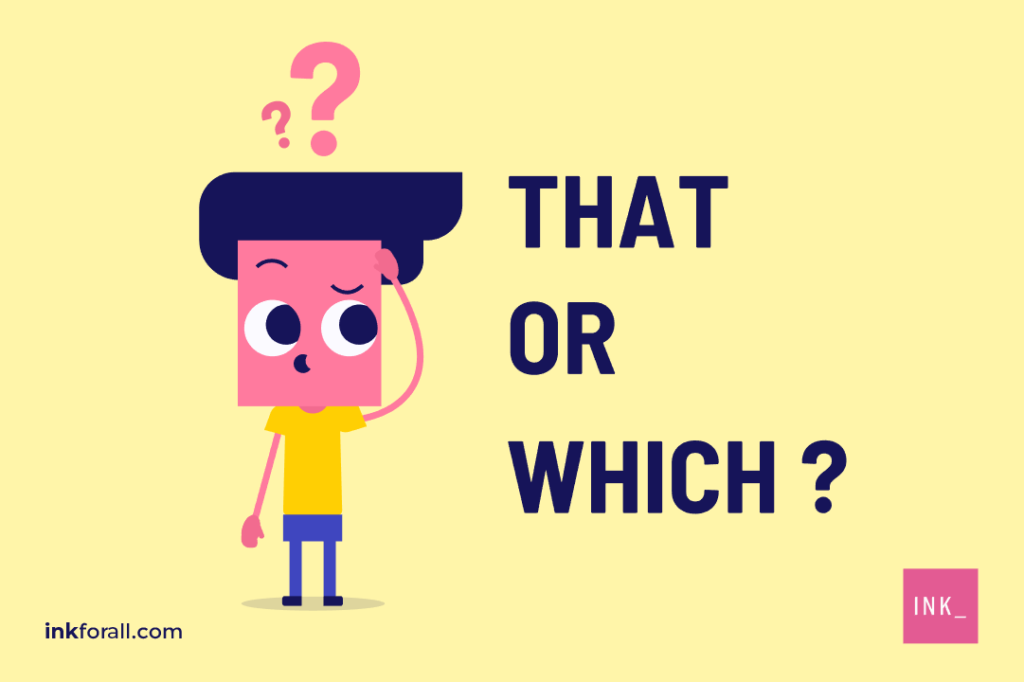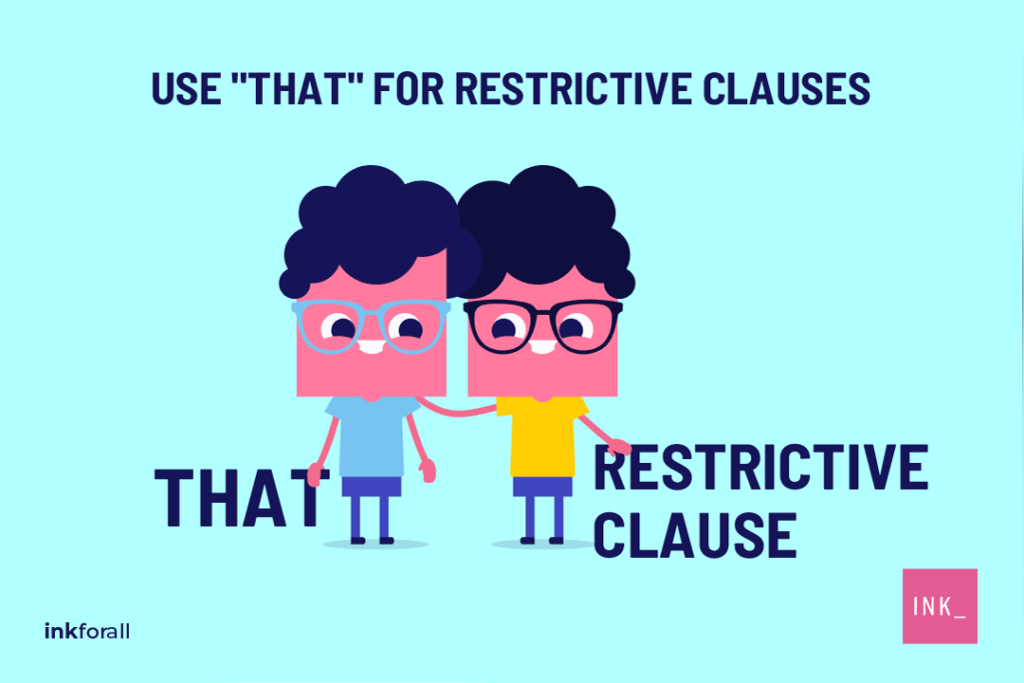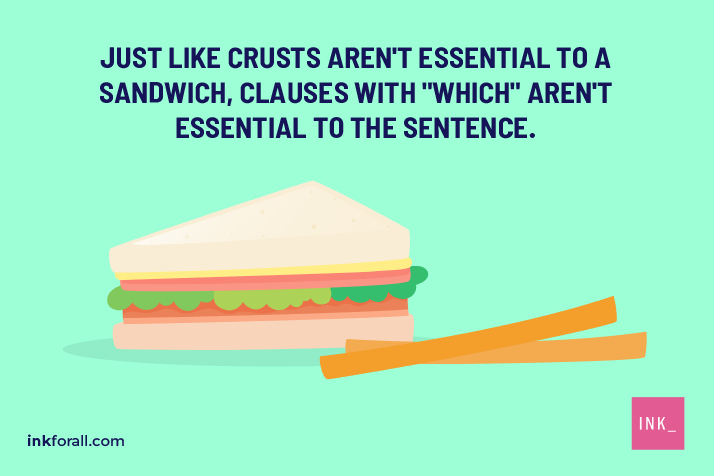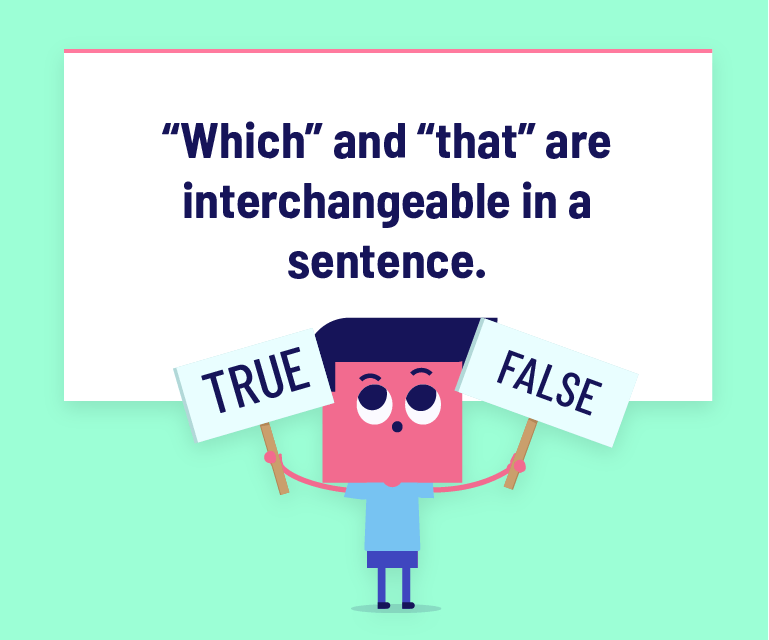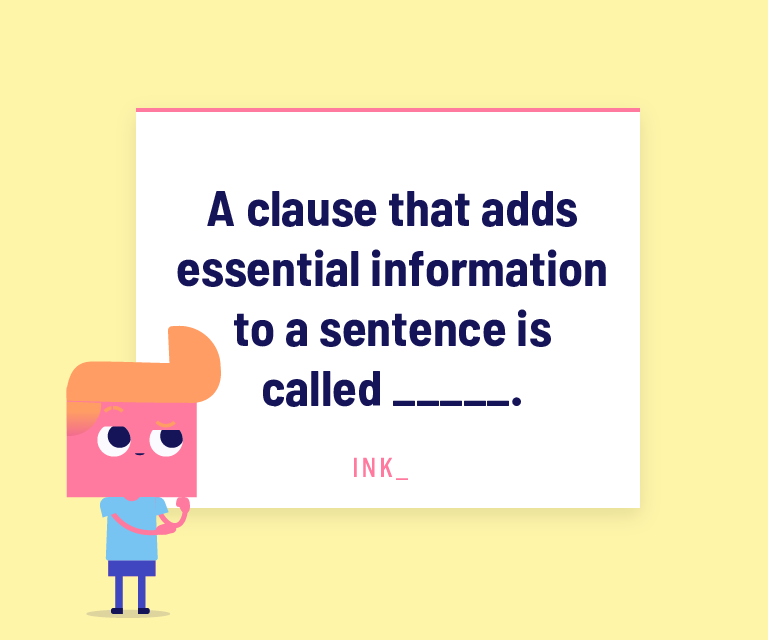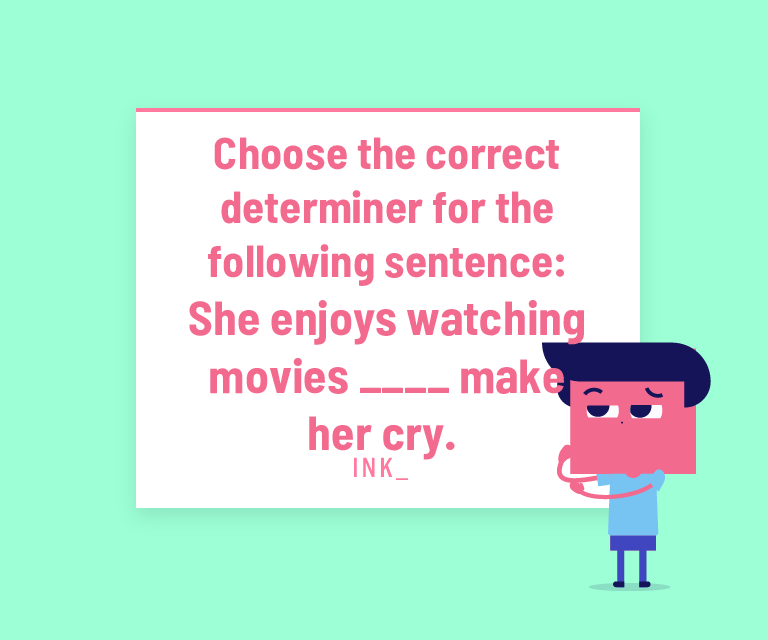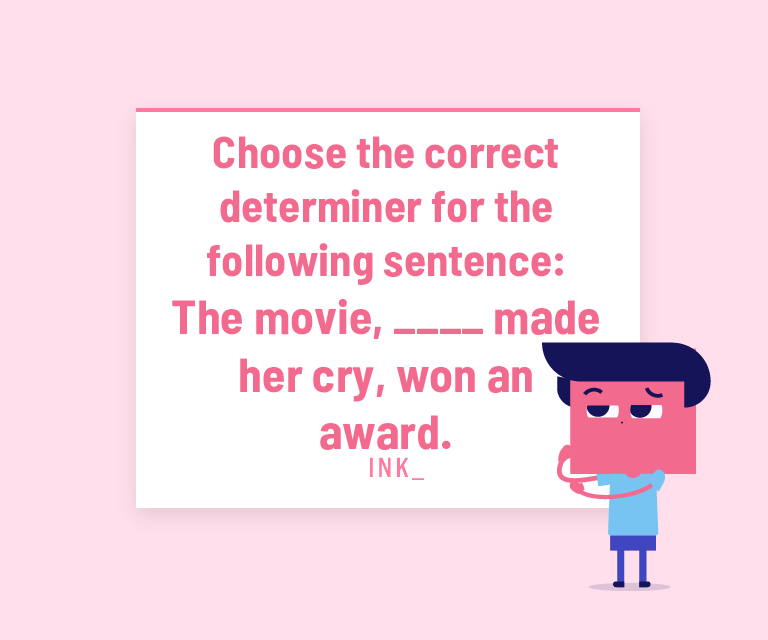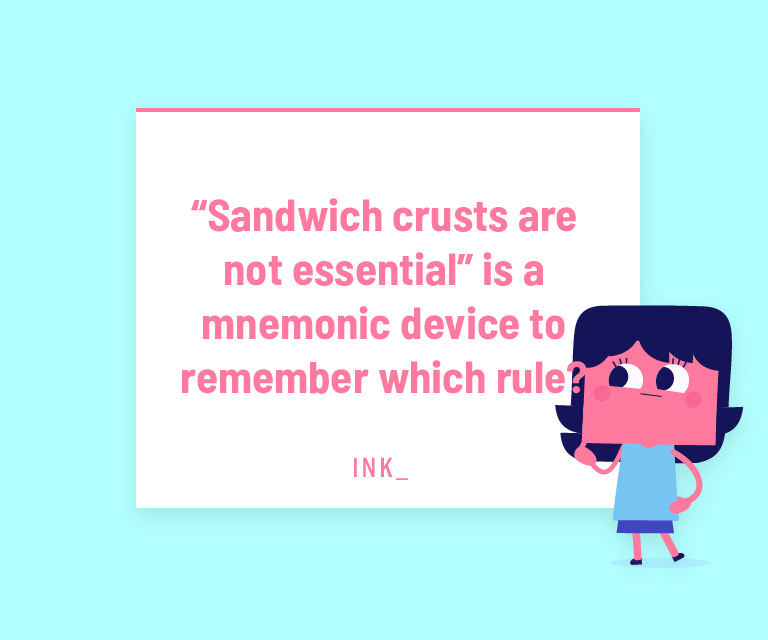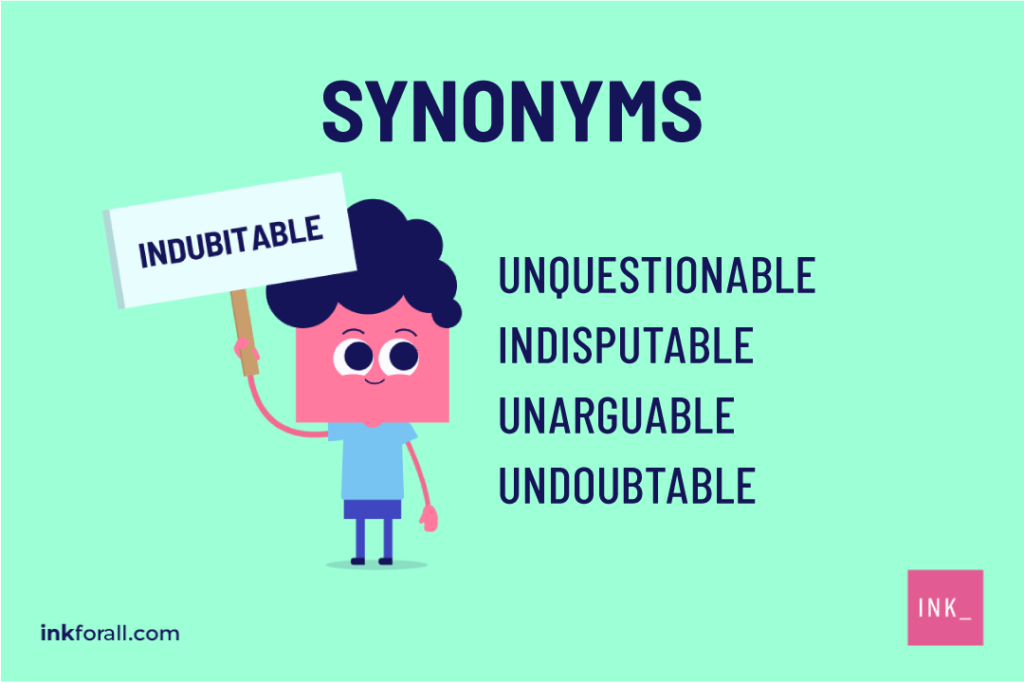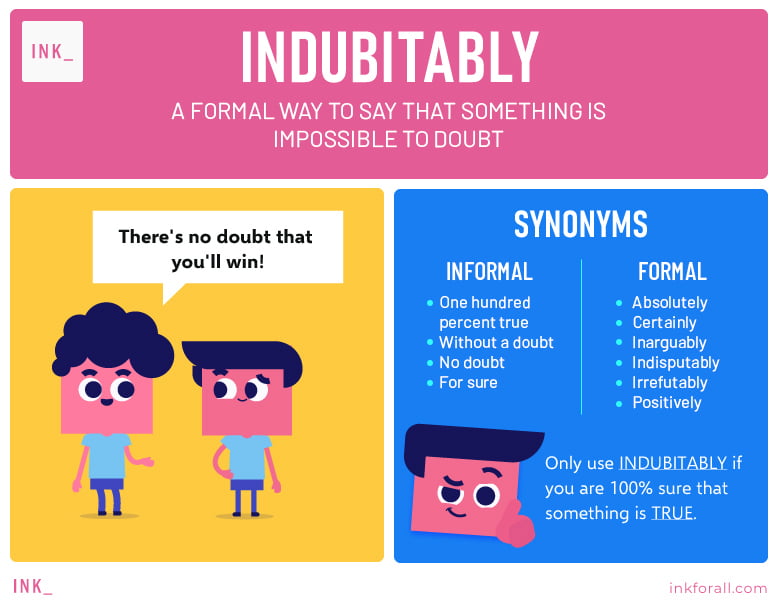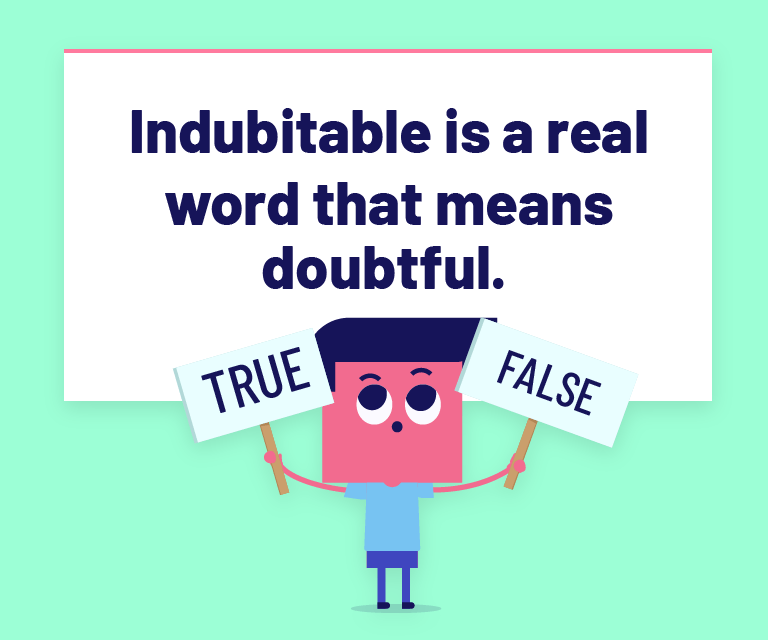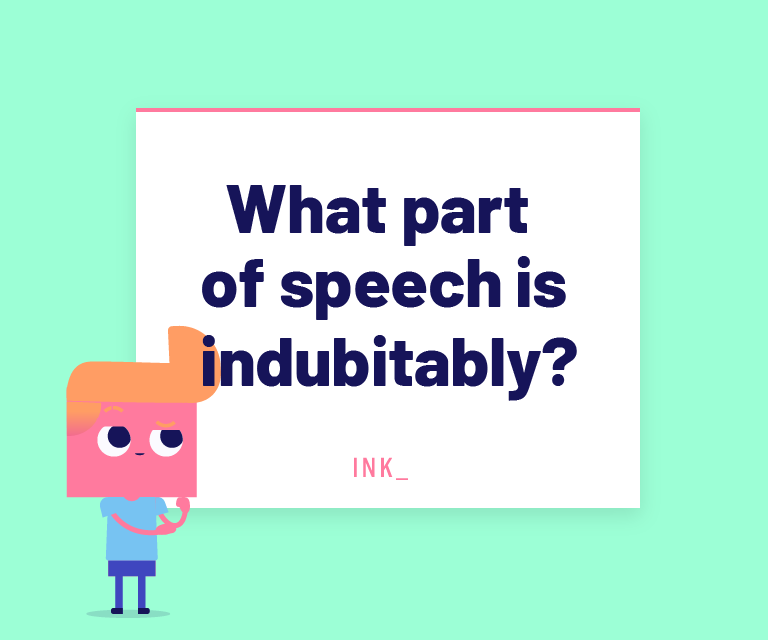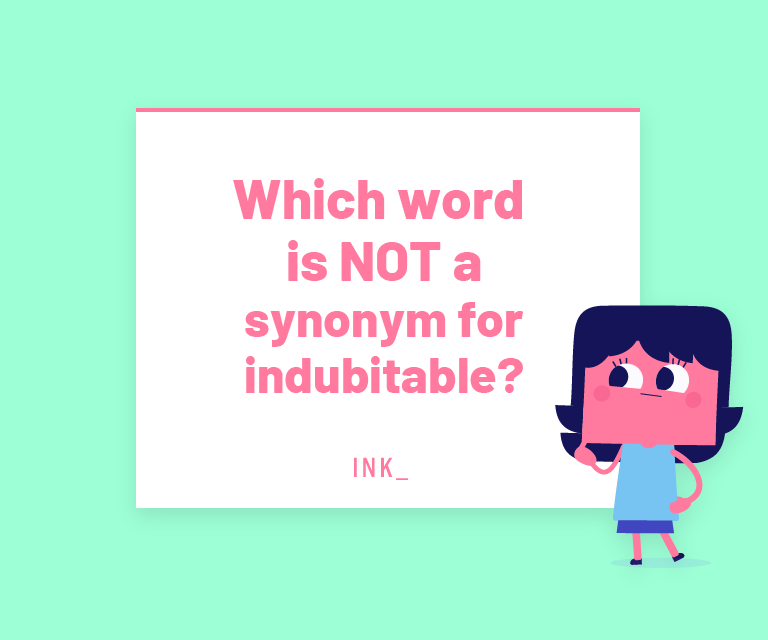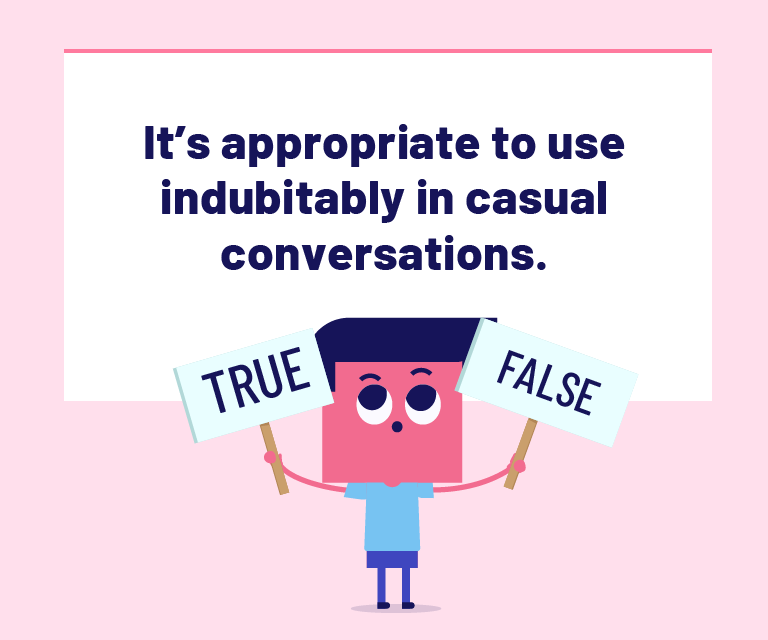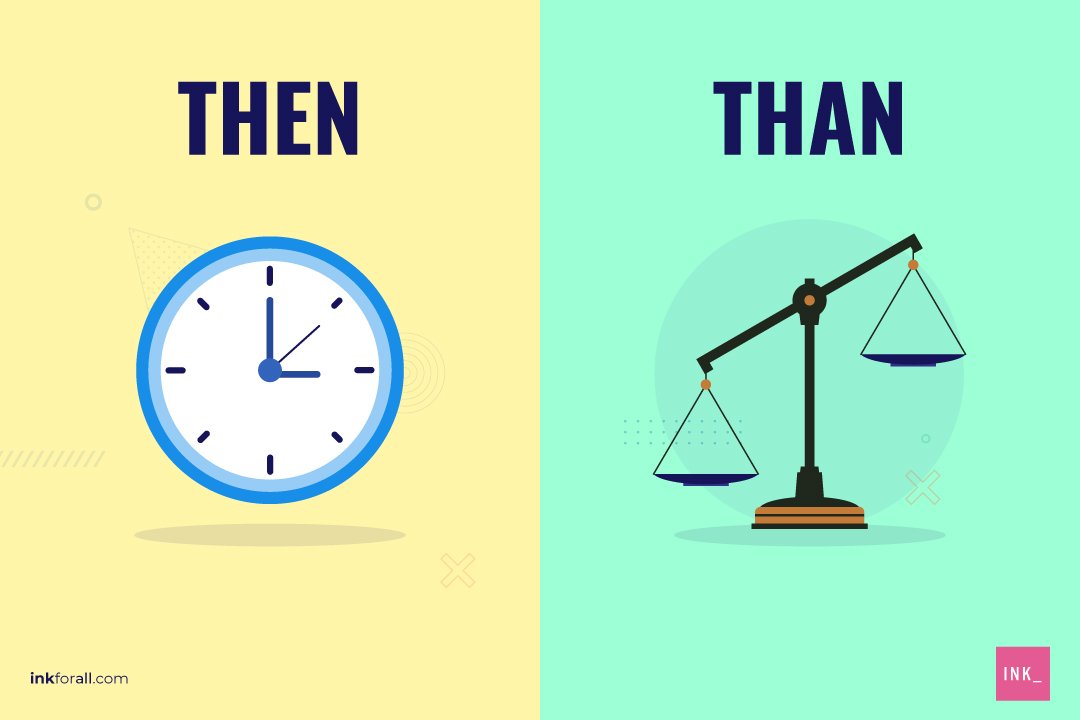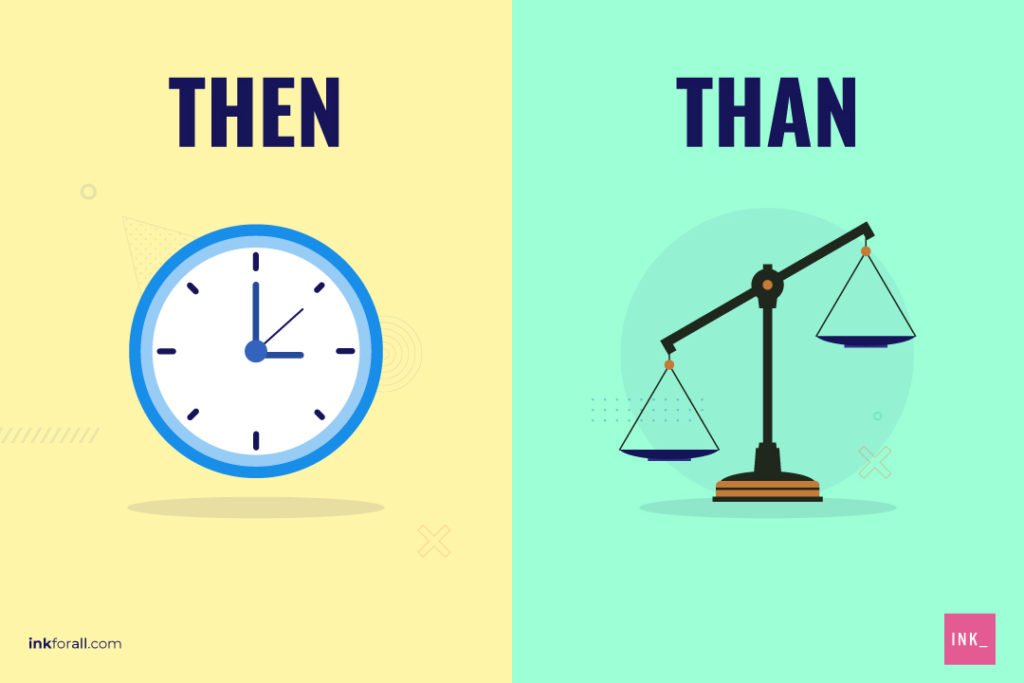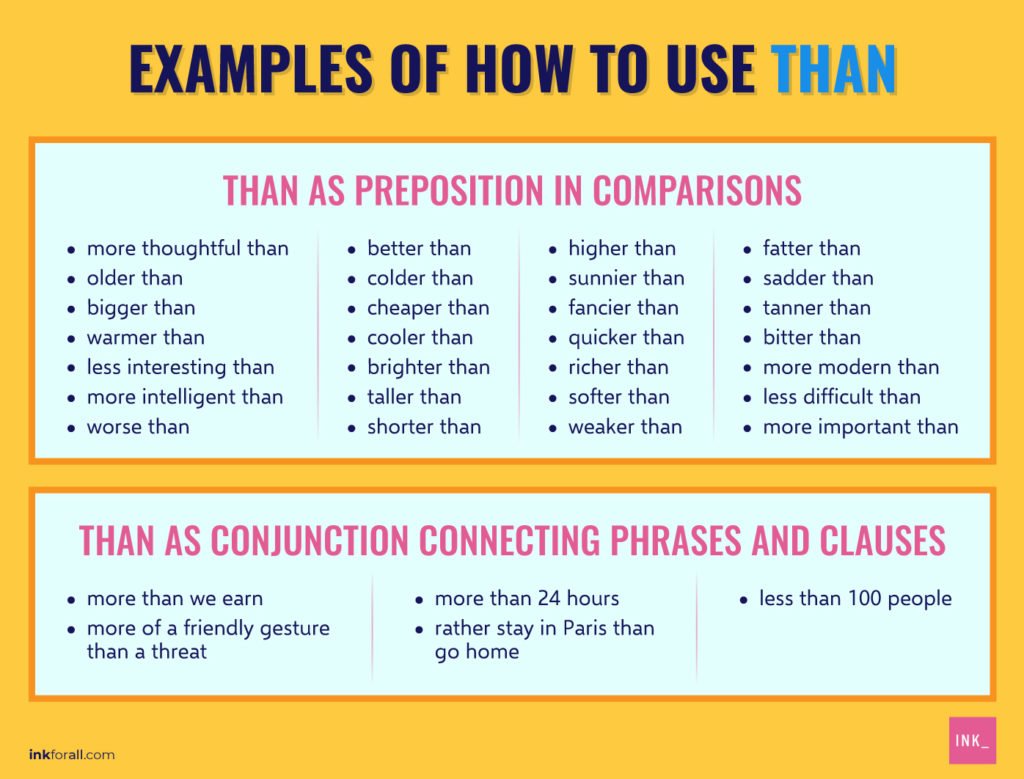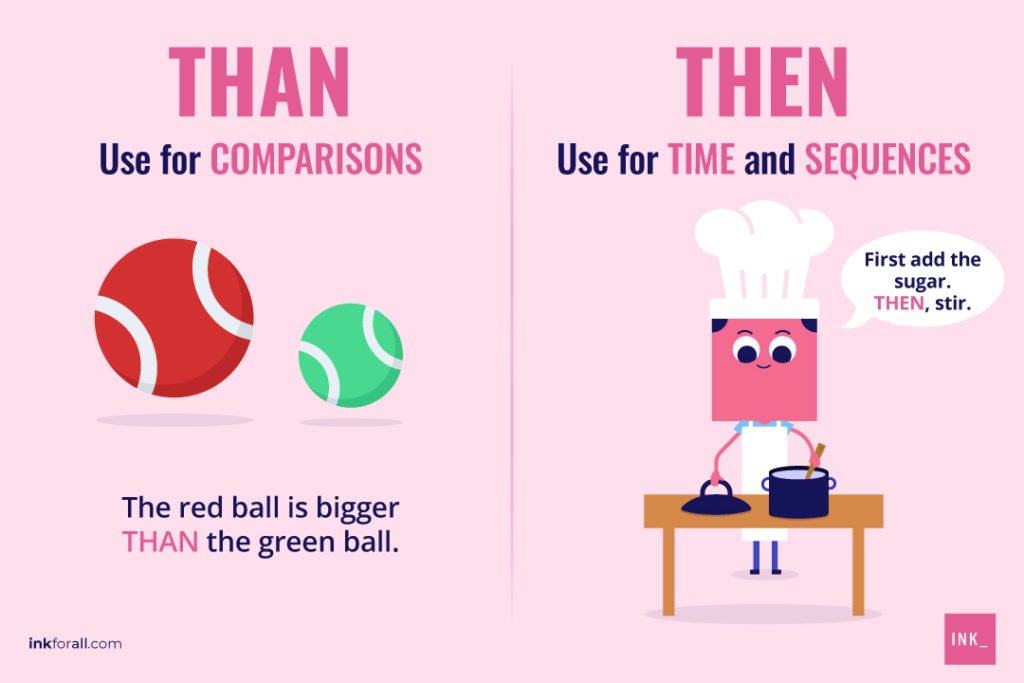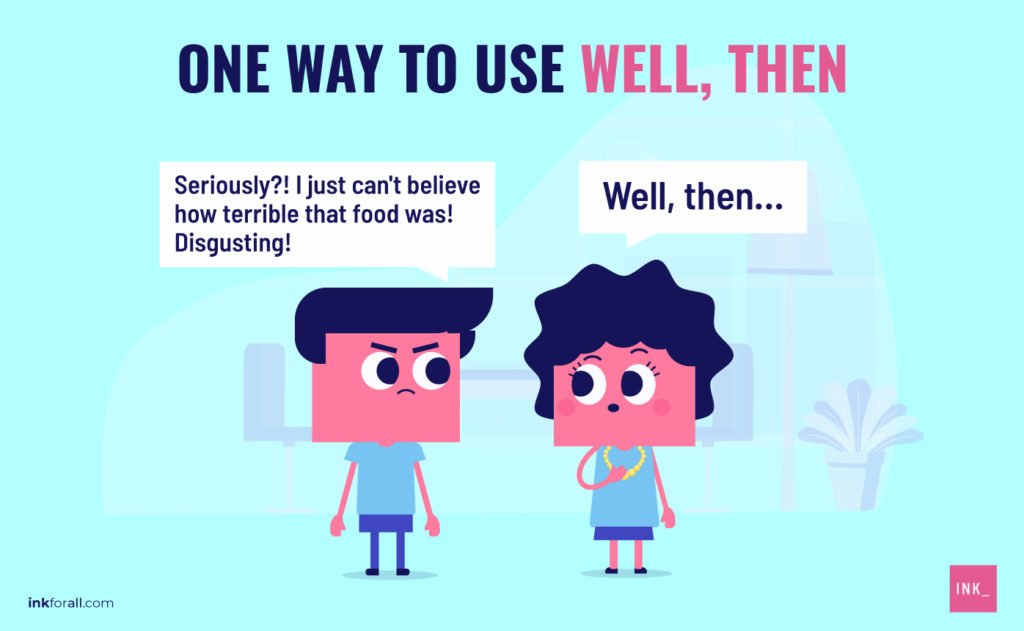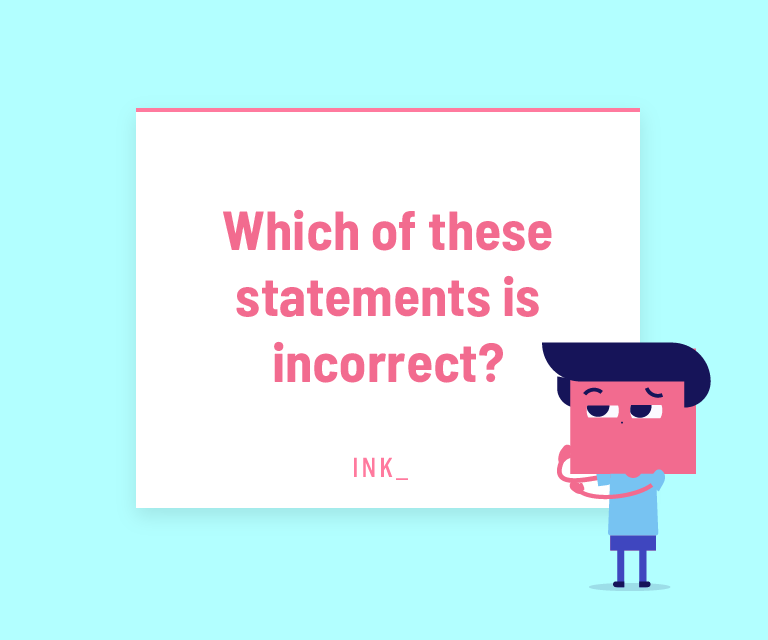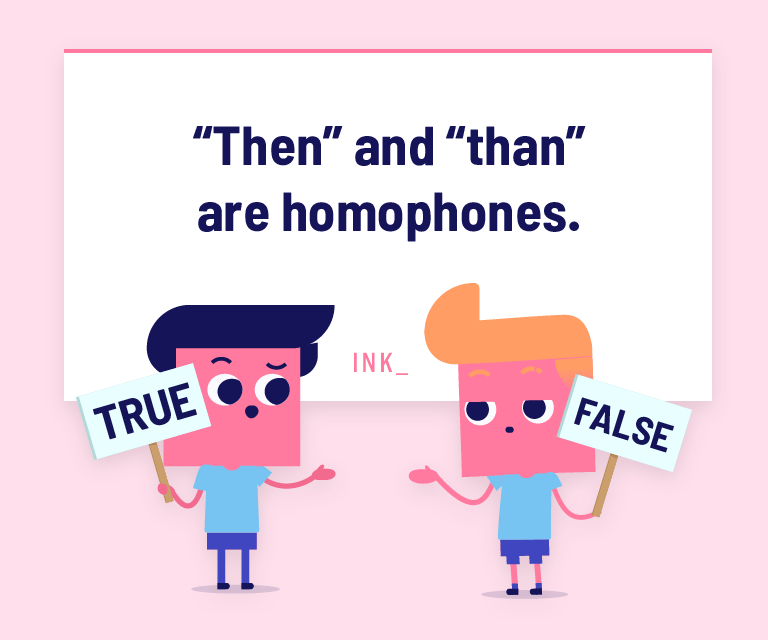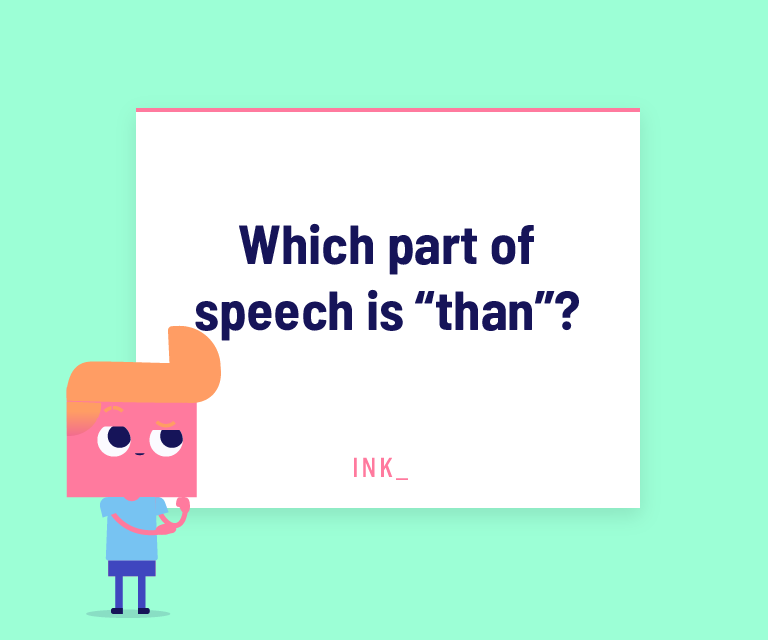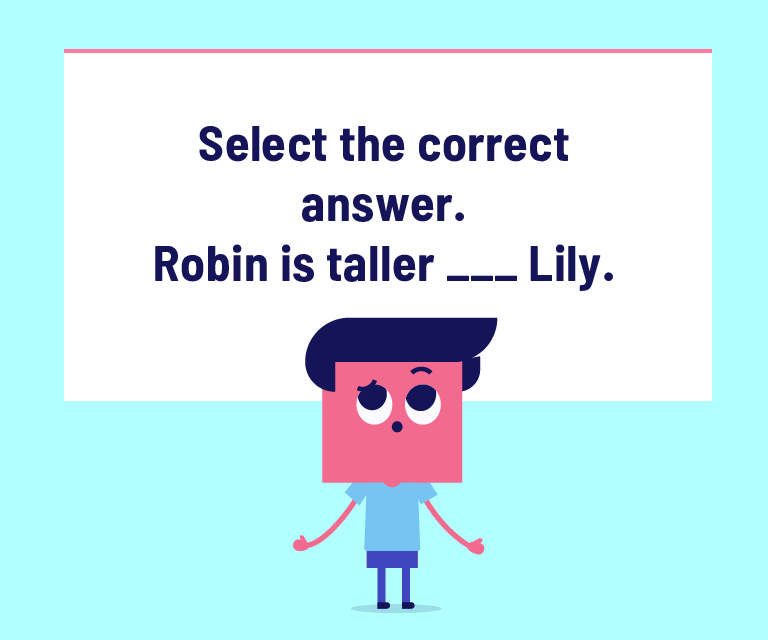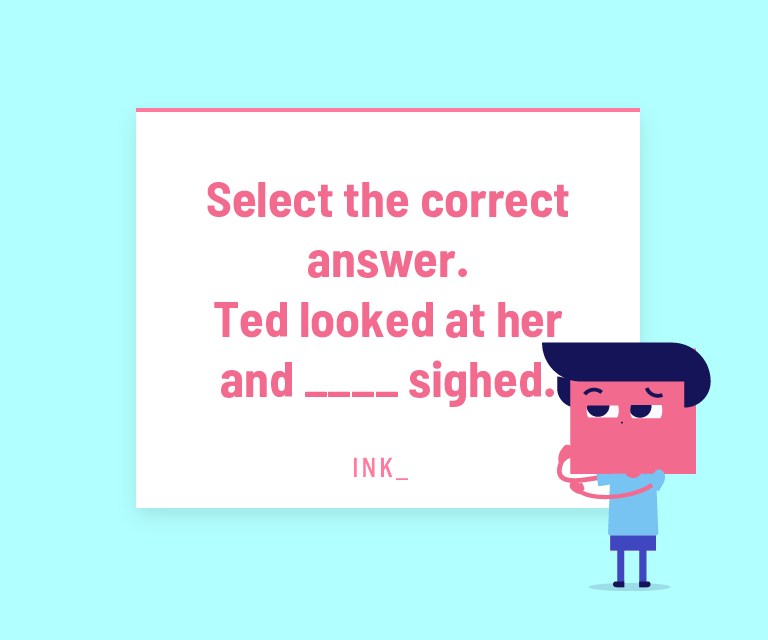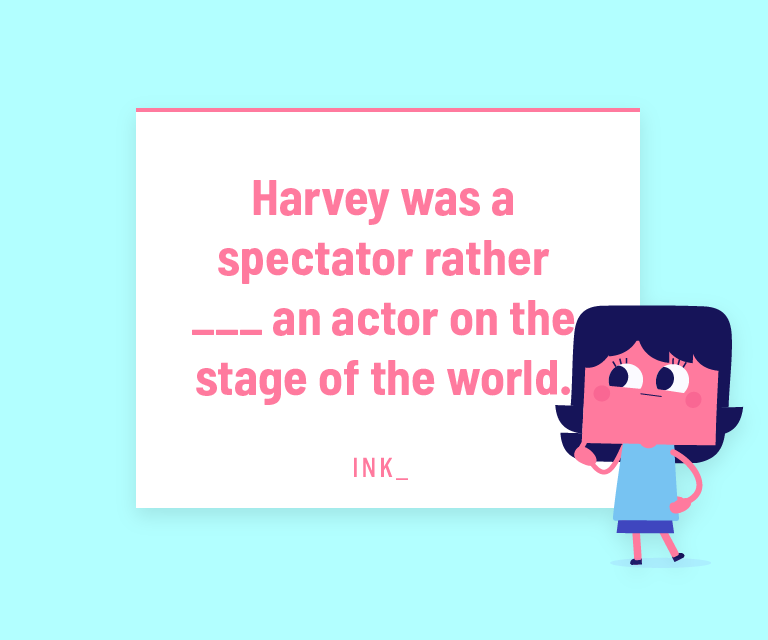Main Facetious Takeaways:
- A facetious person inappropriately treats something serious as a joke or jest.
- Facetious can also refer to a humorous or witty comment not meant to be taken seriously or literally.
- Pronounce facetious like this: fuh-SEE-shuhs.
- Be careful: some facetious comments can come across as tasteless or insensitive.
- There are many synonyms for facetious including puckish, playful, and jesting.
- While some use factious and pedantic as synonyms for facetious, but they don’t mean the same thing.
You just got dragged on social media for being…what? Should you feel proud or insulted? Let’s take a quick look at what facetious means and how to use it. Plus, we’ll give you other words you can use instead. We’ll also let you know which terms to avoid, so nobody gets confused.
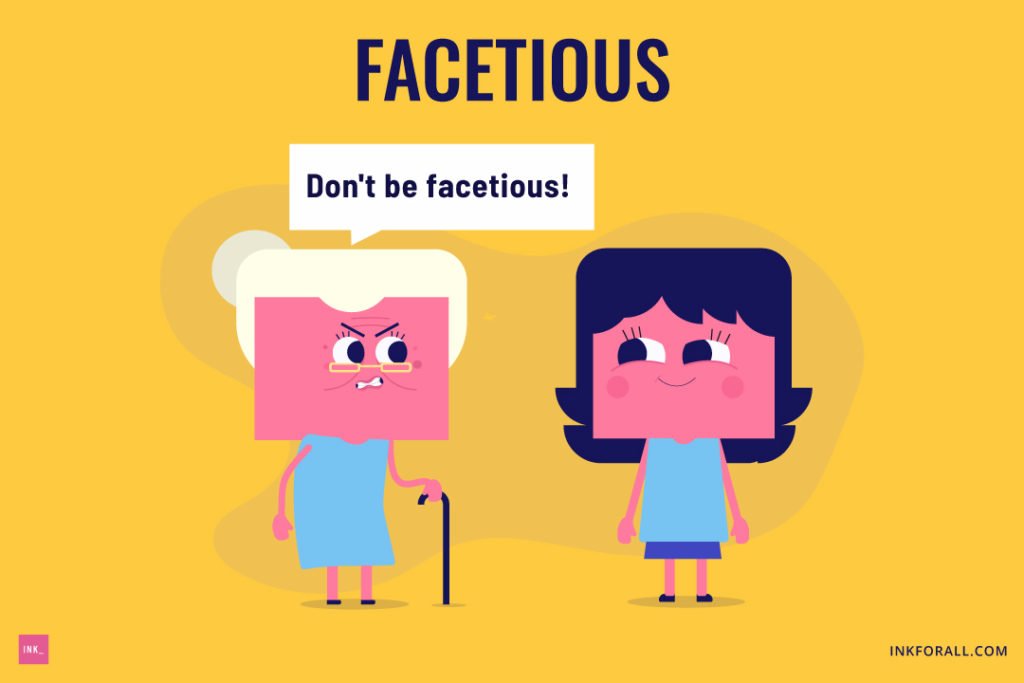

What Does Facetious Mean?
Facetious is an adjective commonly used to describe someone’s attempt at humor. In American English, a facetious person is someone who jokes or jests, usually at inappropriate times. The term holds a negative connotation, which means that if you’re referred to as facetious, you are being criticized for your untimely or inappropriate humorous remarks. In British English, on the other hand, facetious has another lighter meaning: characterized by levity of attitude and love of joking.
Regardless of what dictionary you’re looking at, both definitions suggest that a facetious person is being intentionally funny and doesn’t intend for his/her words to be taken seriously. Someone who is being facetious may be using humor to deflect a serious issue. However, a facetious comment could come at an improper time and may come across as being tasteless.
How to Pronounce Facetious?
Facetious is pronounced as fuh-SEE-shuhs, with the accent on the second syllable. The word has Latin origins and is derived from the following:
- Facetus, meaning “witty”
- Facetia, meaning “jest”
Now you now how to say it and why the word means funny or cleverly amusing. But if you ever forget how to pronounce this word correctly, all is not lost. Just say you mispronounced it on purpose because you were being (wait for it…) facetious!
Facetious Synonyms
There are many synonyms for facetious. Some, like humorous, witty, smart, and clever, are more commonly used and may seem familiar to the average person. Other options, such asjocular, jocose, farcical, antic, risible, and waggish, are less common. When deciding which synonym to use, consider your audience. More common terms will appeal to readers who may not have a larger vocabulary. Whereas, less common synonyms may be best left to academic papers or more formal journalism.
Synonyms for facetious include:
- Witty
- Jocular
- Playful
- Amusing
- Funny
- Jesting
- Droll
- Puckish
- Roguish
- Sportive
- Keen
- Bantering
- Joshing
- Unserious
- Silly
- Wisecracking
- Tongue-in-cheek
- Arch
- Whimsical
- Waggish
- Comical
- Flippant
- Light-hearted
- Blithe
- Glib
- Irreverent
- Indecorous
- Ludicrous
- Punning
- Smart-alecky
- Clever
- Sharp-witted
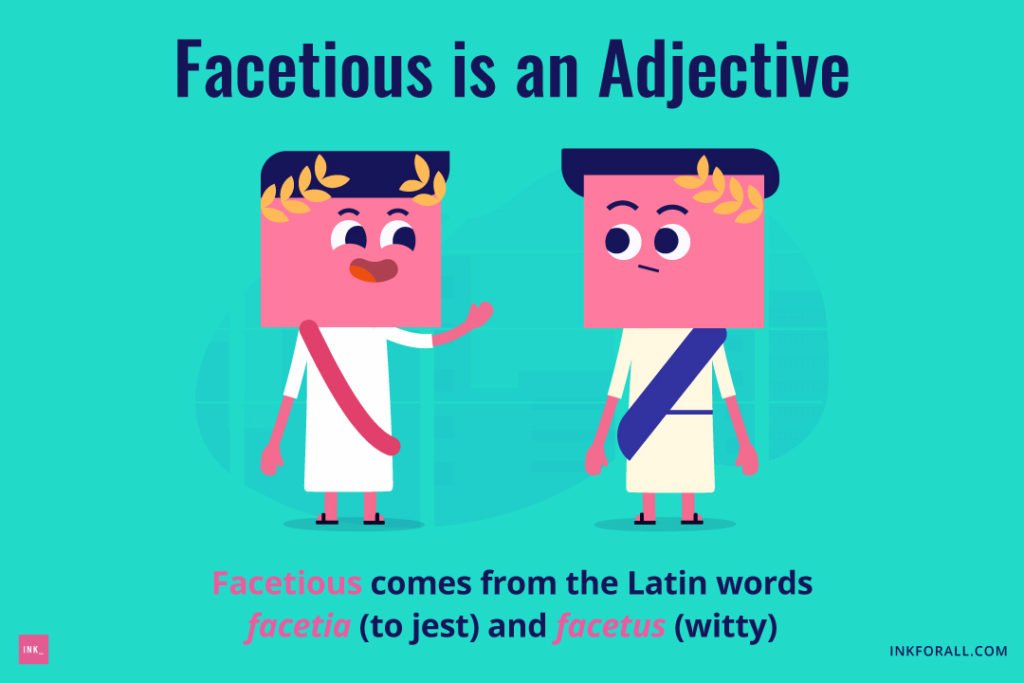

What are Some Words That Get Confused With Facetious?
Even the most enthusiastic grammarian can get mixed up sometimes. It’s especially easy to get confused when words look and/or sound so much alike. This includes fatuous, fictitious, and fascist and the two examples below.
What Does the Word Factious Mean?
Factious and facetious sound and look a lot alike. They’re also both adjectives. That’s where the similarities between the two words end, though. While facetious has a lot to do with humor and wit, factious has a more negative connotation. The term also refers to a group or person that is dissentious or given to a faction. It may also describe angry or bitter conflicts evolving from disagreements regarding fundamental issues. For instance, a factious person may be prone to arguments. A factious group may oppose popular opinion and seek to separate themselves as a result.
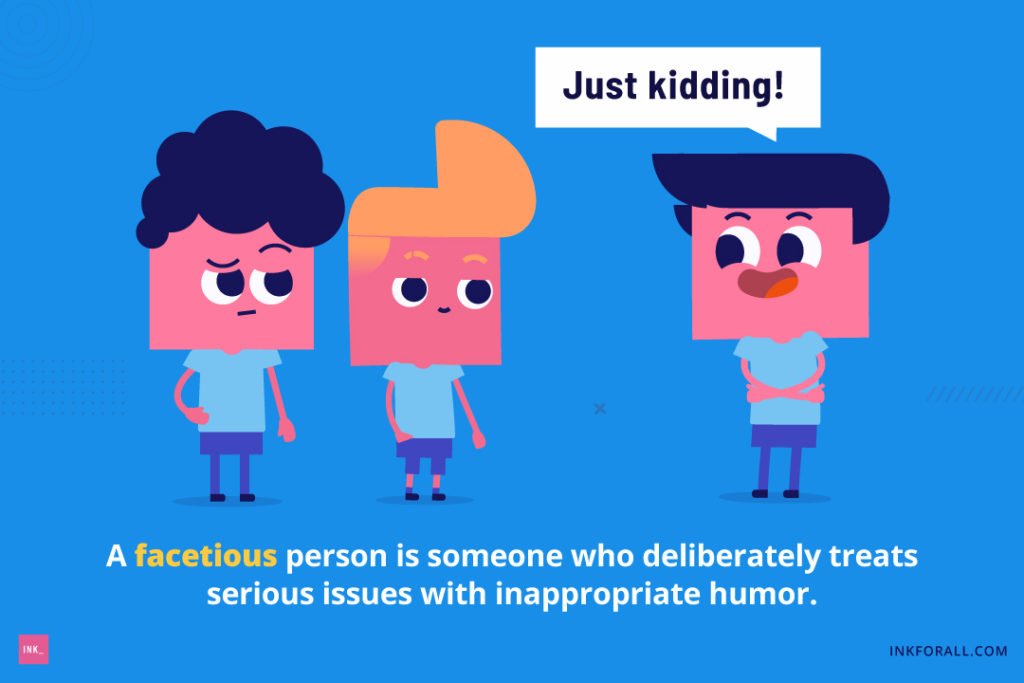

What Does Pedantic Mean?
Pedantic is an adjective that means to be overly concerned about the little things. A pedantic person may be so busy focusing on small errors that they fail to see the bigger picture. Pedantic and facetious have different meanings, but you can sometimes use them to describe the same action. For instance, say you were serving up apple pie. If your Aunt Sally asked whether the huge piece of pie you have could be any bigger, she would be facetious. If she looked at the pie and launched into a 10-minute speech about the anatomy of an apple seed, that would be pedantic.
Facetious Example
Here are examples of how to use facetious in a sentence:
Now the next time someone calls you facetious, you’ll know exactly what they mean. Now to come up with the perfect retort…
Let’s see how Facetious you are (Kidding!?)
Facetious Question #1
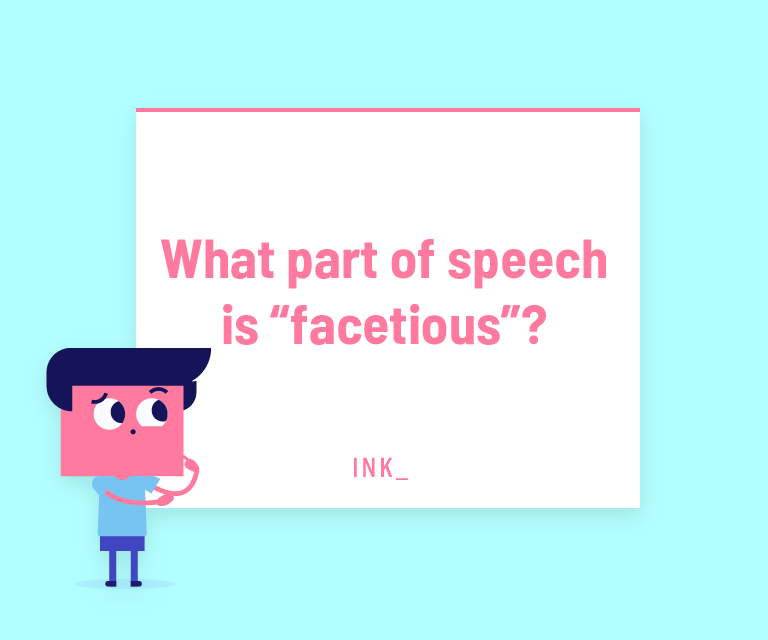

The answer is ADJECTIVE. “Facetious” is an adjective.
Facetious Question #2


The answer is D. While facetious comments are humorous or witty, they’re not meant to be taken seriously or literally.
Facetious Meaning Question #3
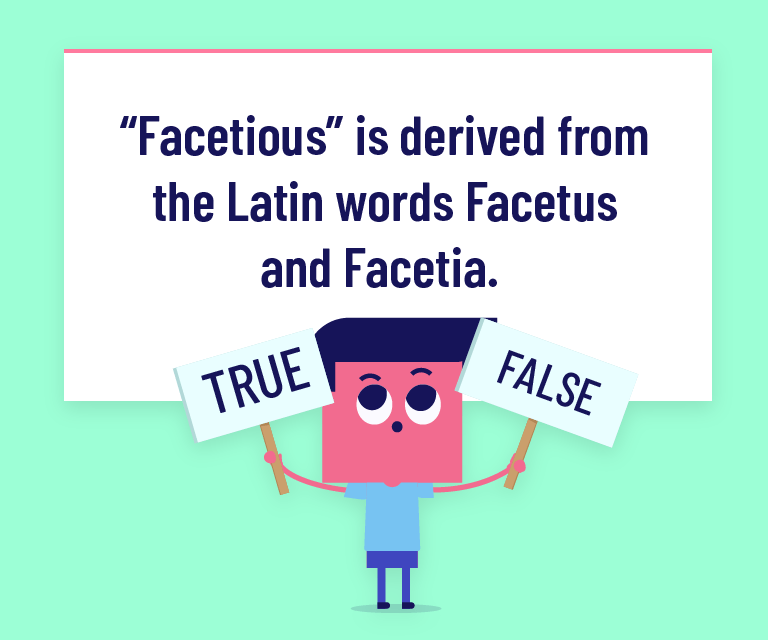

The answer is TRUE. “Facetus” is the Latin word for witty, and “Facetia” is the Latin word for jest.
Synonym of Facetious Question #4
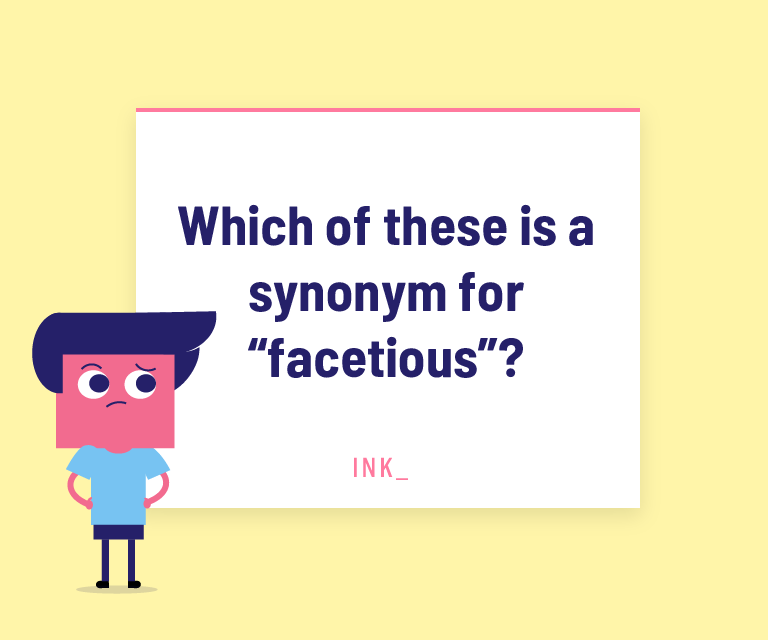

The answer is All of the Above. All the words outlined above are less common synonyms of “facetious”.
Facetious Question #5
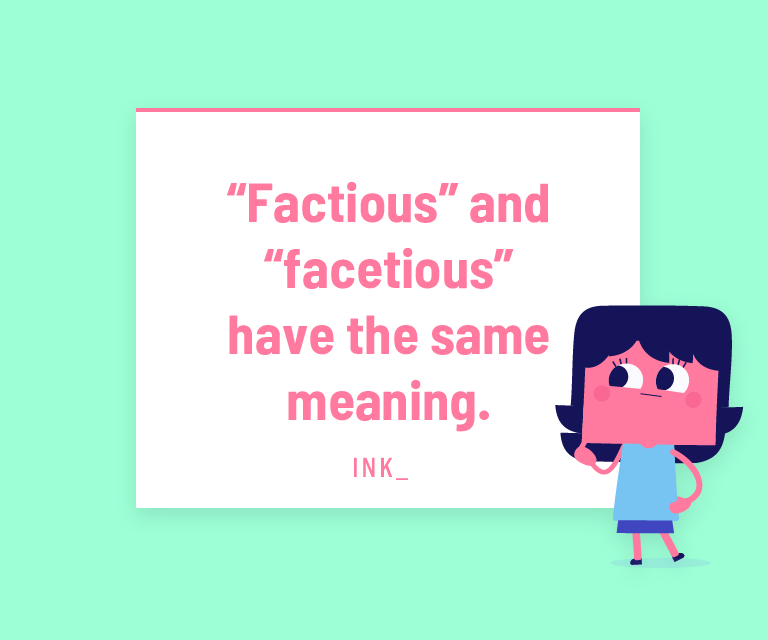

The answer is FALSE. “Facetious” has to do with humor and wit. On the other hand, “factious” has a negative connotation.
Facetious Question #6
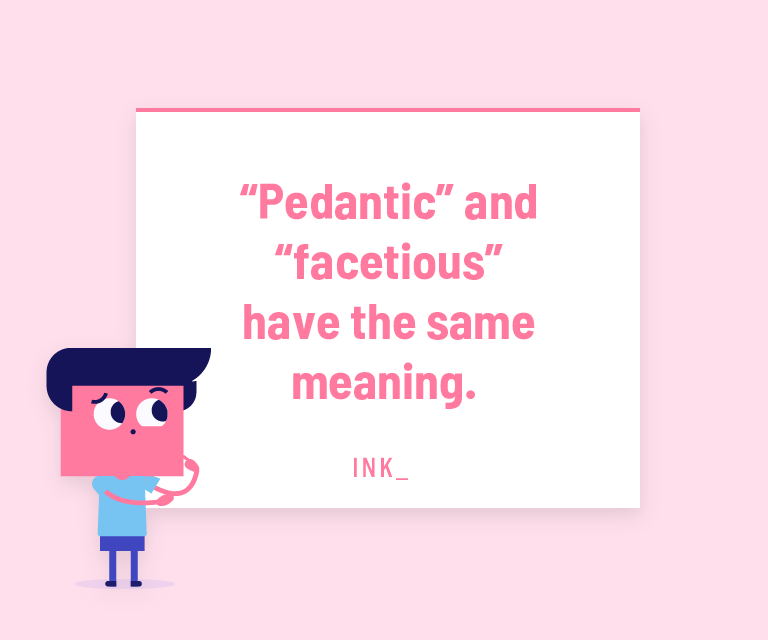

The answer is FALSE. “Pedantic” and “facetious” have different meanings.


